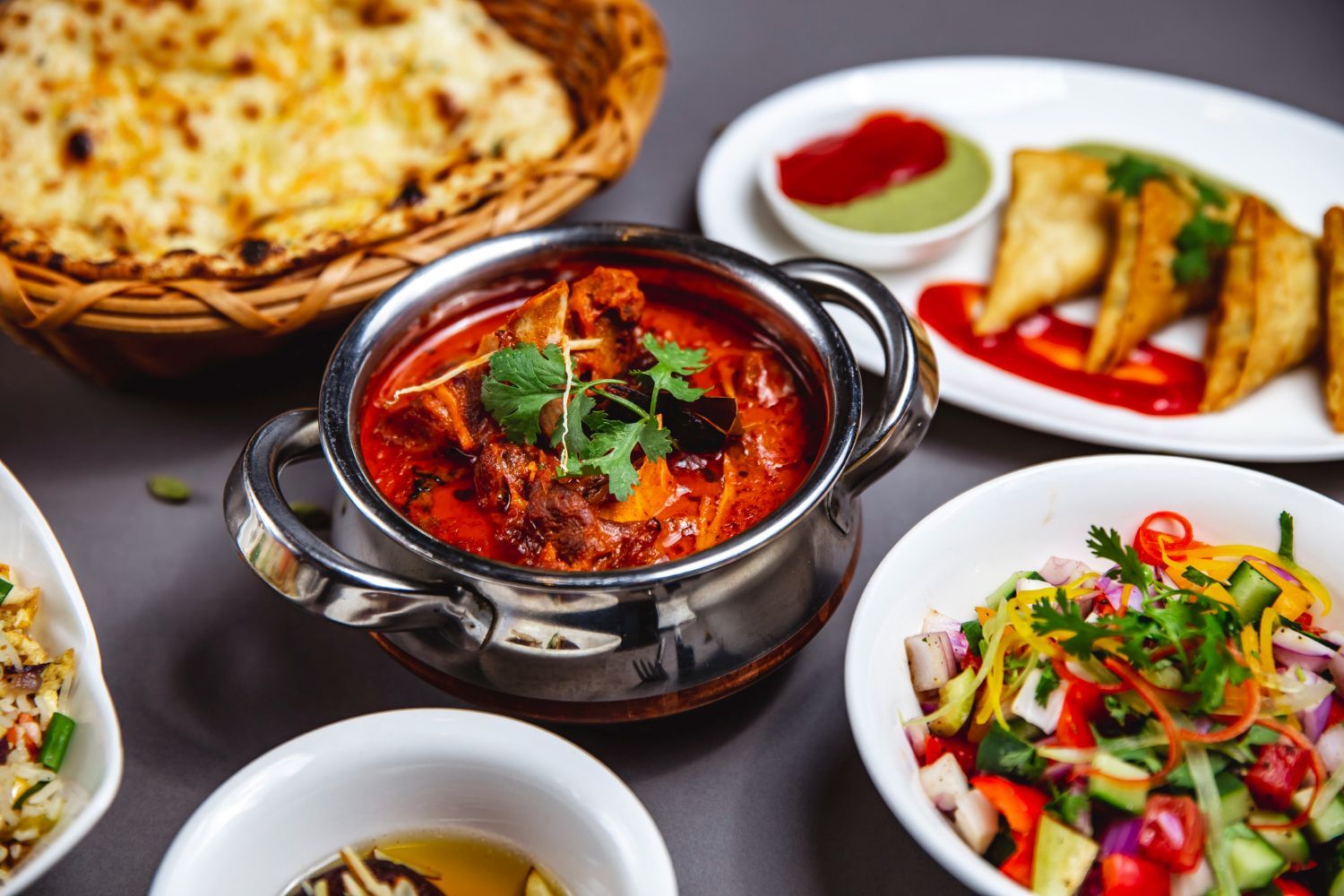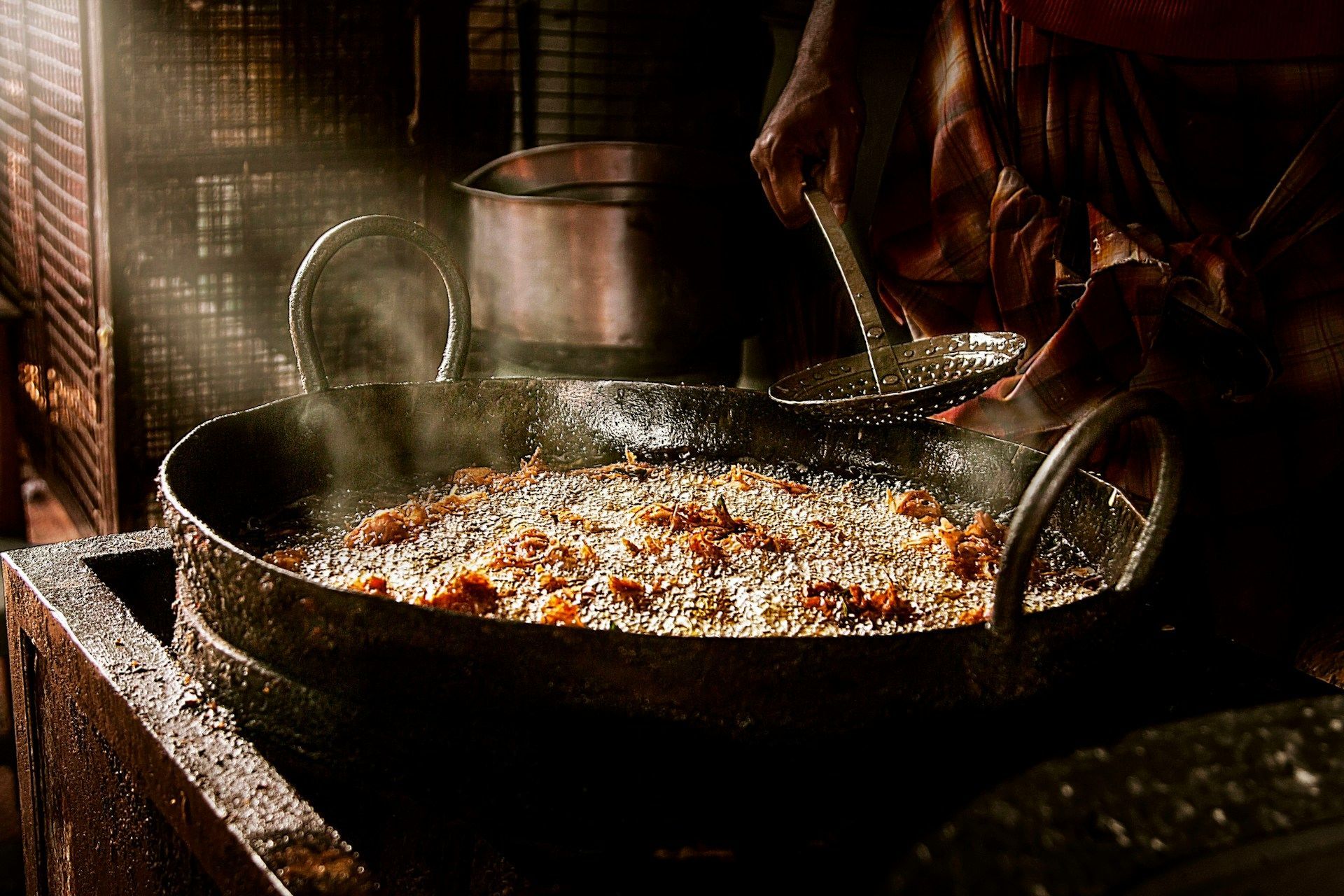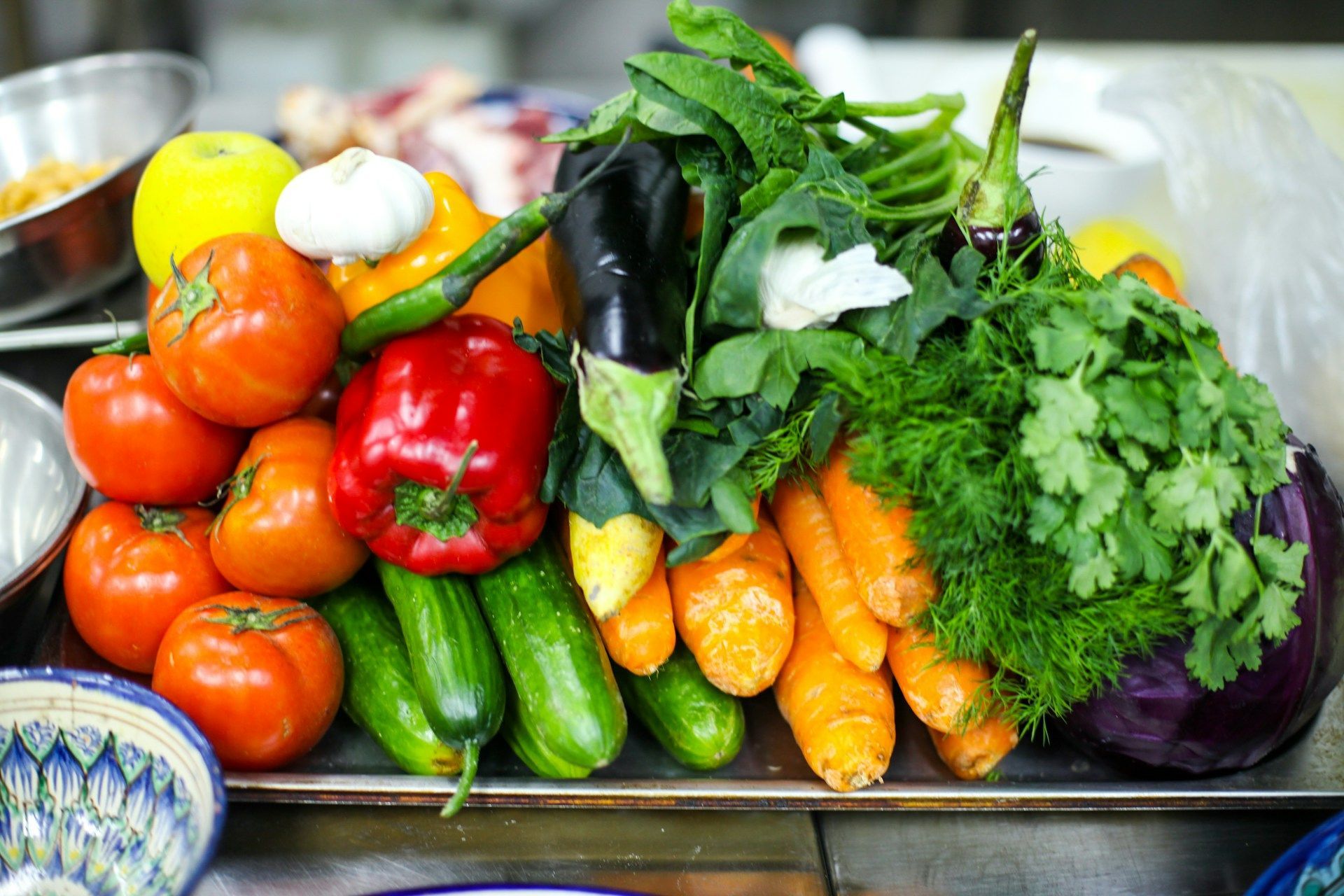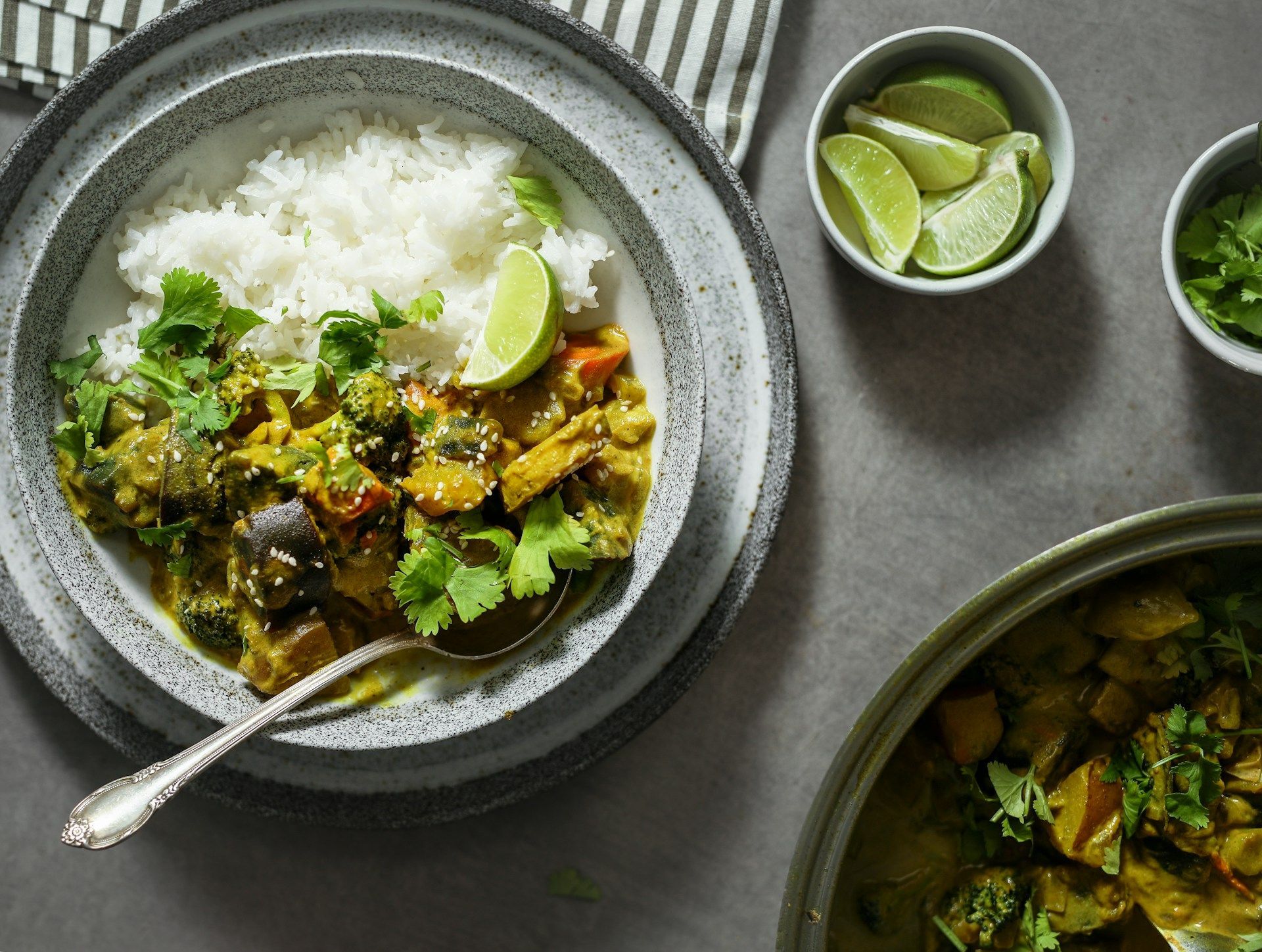4 Mild Indian Spices for People New to Indian Food
SUHEL AHMED • 7 December 2020
This is a subtitle for your new post
Indian food has become a staple in London cuisine. The great city itself has become a hub, a veritable multicultural hotspot in which heritage is shared through food. Some of the best restaurants in the world make their home in London, and many of them serve Indian dishes.
That being said, it can be intimidating to the uninitiated. Even though many of the best Indian restaurants provide options to those who have not grown accustomed to the spicy intensity of South Asian food, the cuisine is so widespread and diverse that it can be difficult to know where to begin.
To make your South Asian food experience the very best, we have created this list of Indian spices to watch for on your next visit to an Indian restaurant, or even your next attempt at recreating some dishes on your own. These spices are notably milder and gentler for those with palates that still need time to develop. With no further ado, here they are:
1. Fenugreek
Fenugreek, when eaten raw, is very bitter. Lightly toasted or fried in oil, on the other hand, it develops to have a sweetness akin to maple. Cooking it also softens up the seeds to be put into dishes. If toasted, it can be ground into a powder. Fenugreek is known for its strong flavours, so it is important to use this sparingly.
The leaves are also popular in use in the cuisine and have a similar profile to the seeds.
2. Hing or Asafoetida
This herb is highly pungent when eaten raw—so much so that it needs to be tightly sealed into a container lest it dominates your kitchen. When properly toasted, however, it adds scents and flavours akin to savoury onion and garlic.
This is particularly popular in Indian regions that practice Jainism as a religion since they do not include onion and garlic in their diet. Outside of religion, this is fairly popular among people who experience indigestion from garlic and onions as well.
Just make sure to remember the first rule of spicing: too little is better than too much. Spice with hing sparingly and taste as you go.
3. Coriander
Coriander is a popular spice all over the world, with its unique notes of citrus and earth. It is a regular component in chai, bread, cookies, gravies, and baked fruit desserts all over the world. In Indian food, coriander seeds, stems, and leaves are mainstays in daal, which is a type of spiced lentil stew.
4. Yellow mustard
Mustard seeds are a delicious addition to many types of Indian dishes, but each type has its own flavour profile and intensity. Black mustard seeds, for example, are known for their hot, biting, bitter tastes. Brown mustard seeds are a milder, but just as acrid form. The yellow (or white) mustard seed is a milder alternative to both.
They are often a component of mellower dishes, made for those still getting used to the spiciness of Indian cuisine. From there, you could move up the spice ladder by incorporating some brown with your yellow, should you feel braver on certain days.
Final thoughts
Indian cuisine has over three thousand years of history behind it and has been developed over the ages to influence food all over the world—not just in Asia. As such, it is important to familiarise yourself with its flavours so that you can add some sophistication to your palate.
If you still don’t know where to start, give Tower Tandoori a call. We serve the best Indian food in London, and you can ask us where to start as a beginner.










